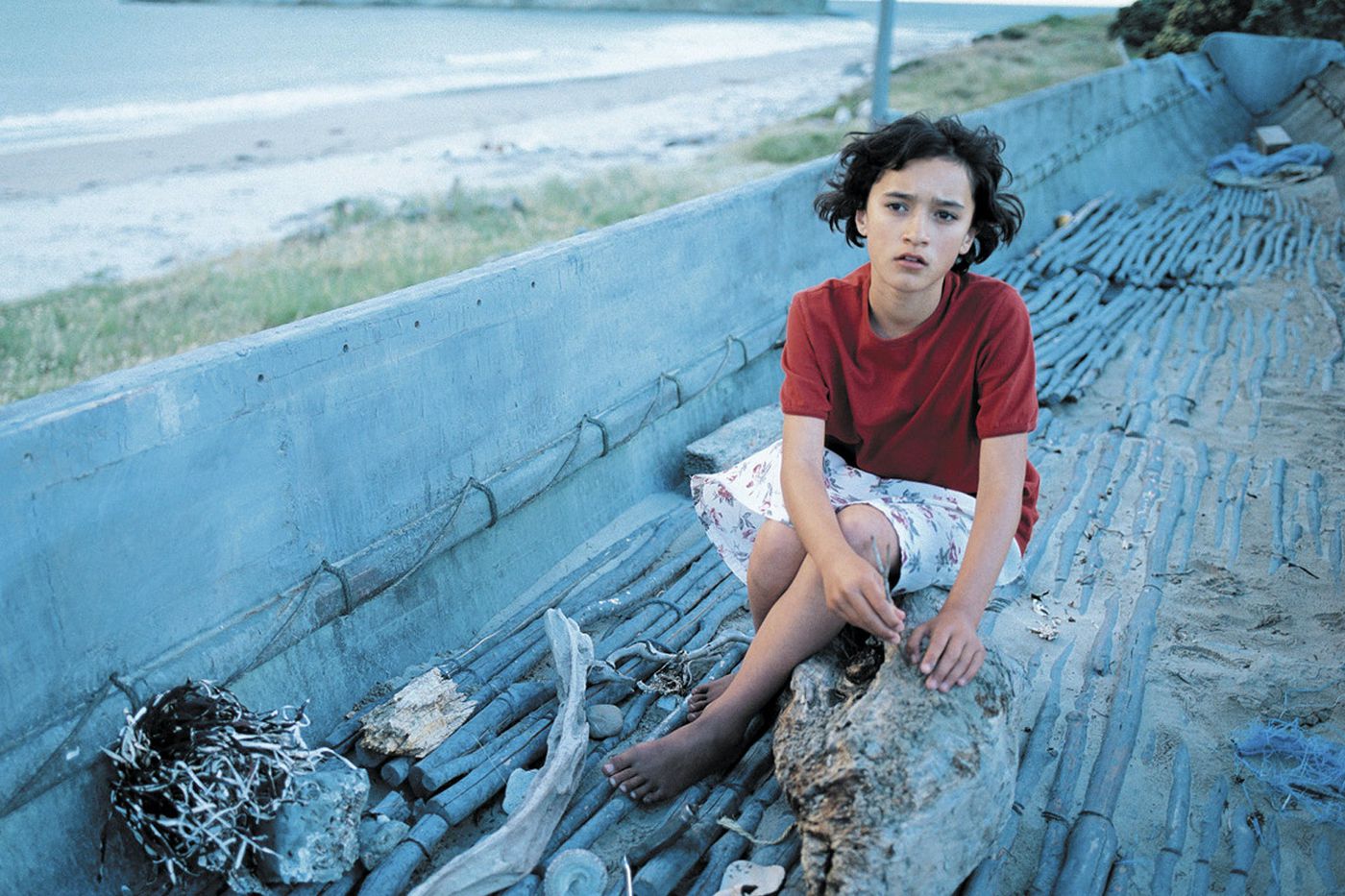Micachu's Shivering 'Jackie' Score Gives Nuance to the Woman's Gaze
It’s hard to capture the emotions and thoughts of a character just from a few shots, but Oscar-nominee composer Micachu's haunting melodies prove otherwise in 'Jackie'.
Incluvie Foundation Gala - Learn More
Niki Caro is one of the few woman directors to transition from independent films to high-grossing blockbusters. When I first watched her 2002 film Whale Rider, I immediately fell in love with the protagonist Pai, and was in awe from learning so much about the Maori tribe. The story centers on twelve-year-old Pai, and the gender role obstacles she faces, in order to, become her tribe’s new chief. Interestingly enough, last year fans of the 1998 Mulan were raving about the reimagining of Mulan (2020), and when I found out Niki Caro was behind the camera, I was not shocked. However, I was surprised because she’s known for indie films, and this was a big leap from indies to a live-action Disney princess movie. But, after watching two of her films, one of them being North Country (2005), it didn’t take me that long to see a pattern of strong female protagonists and the theme of gender inequality.

That being said, Whale Rider and Mulan are very similar, and made sense for Caro to take on the Mulan remake. The new Mulan separates itself somewhat from the animated version. Caro wanted the film to stay true to the Chinese legend of the heroine, just like Whale Rider is an homage to Maori culture. Pai and Mulan have similar stories and characterization, one of them being their presentation. One might say Pai looks like a boy from the top half of her body and a girl from the lower part of her body; this is because Pai has short curly hair and usually wears a t-shirt with a skirt. Mulan purposefully transforms into a man’s appearance to blend in with the soldiers; she does this by putting her long hair into a man’s bun, wearing armor, and concealing her breasts. Not only are, Pai and Mulan presented as androgynous characters, but their androgyny and shift in gender roles are also how both films are similar, in that Pai and Mulan are breaking their cultural traditions, so they can have the same opportunities as their male counterparts.

One of the ways, Niki Caro emphasizes gender inequality as an obstacle for the two characters is, by displaying how the characters are not allowed to show strength. In Whale Rider, Pai is forbidden to train with the boys, who are learning from her grandfather to become the new chief. Instead, she secretly spies on their lessons and watches them train with the fighting sticks, so she can learn how to use them. When her grandfather discovers Pai fighting with one of the boys with the sticks and wins, he gets furious with her, and does not acknowledge her to be an equal to her opponent.

In the opening scene of Mulan, a young Mulan is seen actively running, and jumping throughout their village. Her impressive spirit and energy are shamed by the villagers and her family because girls are not supposed to display any form of masculinity. However, these obstacles that society throws at them, do not stop them from pursuing their desires, and expressing their true selves. Pai takes lessons from her Uncle, the only person willing to teach her, and is not bothered by her gender. Mulan disguises herself as a man, to join the army to fight in her father’s place, which allows her to train with the soldiers, and embrace the gifted skills she had to hide, when she was seen as a woman.

Related lists created by the same author
It’s hard to capture the emotions and thoughts of a character just from a few shots, but Oscar-nominee composer Micachu's haunting melodies prove otherwise in 'Jackie'.
Related diversity category
While it is more than established that Halston’s life is far from a fairytale, the narrative suffers as a result of the decision to revolve more around sex and drugs than his artistry, it likely does a disservice to his cultural impact by pulling focus from his achievements.